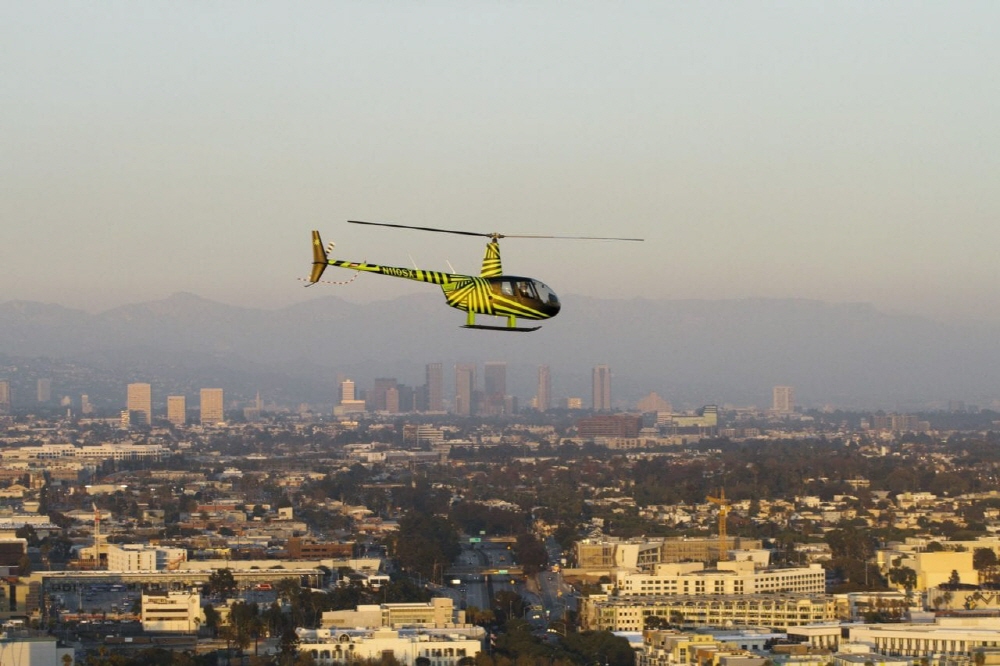
Numerous companies, from aircraft manufacturers to start-ups, are jumping into a market called drone taxis and developing them. Most of them are multicopters with autonomous flight capabilities that do not require a pilot. However, Skyryse, a flight taxi startup based in California, is not developing an electric multi-rotor machine, but is trying to participate in future urban air transport by adding autonomous flight functions to existing helicopters.
Named Luna, this autonomous helicopter is based on the four-seater Robinson R-44. Skyrise introduced autonomous flight technology to this helicopter and conducted a pilot flight. Since it uses an existing helicopter, there is no need for FAA certification for the aircraft, and there is no need to introduce another type of helicopter system.
The company said that it has already completed a fully autonomous flight demonstration test this year, and it is possible to take off and land automatically with sensors. In terms of safety, it is said that the autonomous flight function is not damaged as much as possible even if the helicopter equipment fails by adding the safety function for each sensor necessary for the autonomous flight system to the aviation-grade fail-safe function originally provided by the helicopter. These sensors can also detect objects flying around, such as birds and drones.
Luna is helicopter-based, so you can fly for a long time with only fuel. In terms of carbon dioxide emission, it is negative, but when it comes to convenience, it is more advantageous than electric multicopters with shorter flight times and longer charging times.
However, SkyRise released a video of Luna’s autonomous flight, but did not disclose information about when to start the service. In any case, if more support is obtained from the helicopter company, it may become available as an efficient flight taxi relatively early. Related information can be found here .


















Add comment